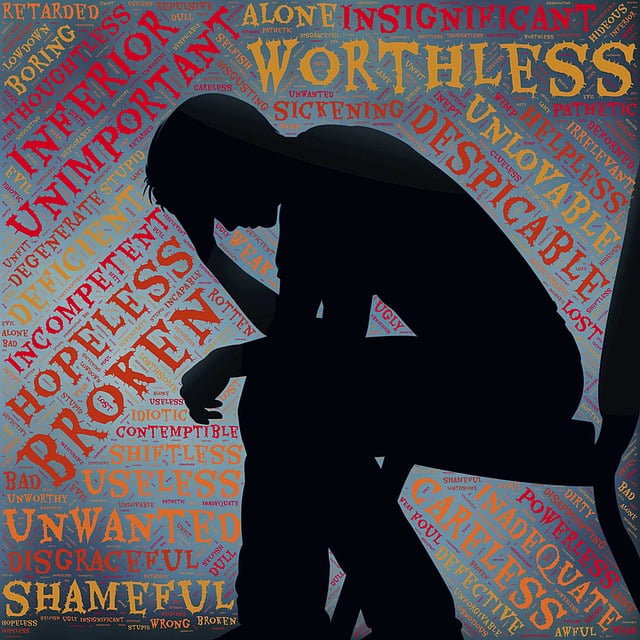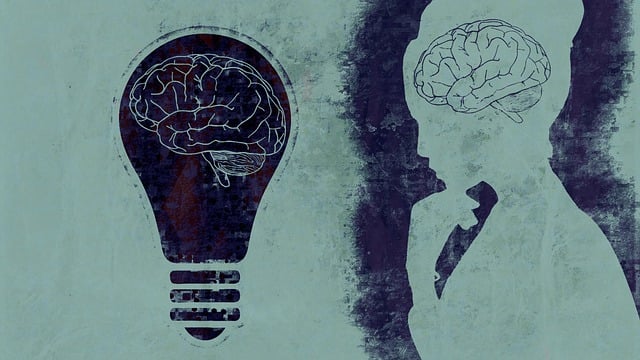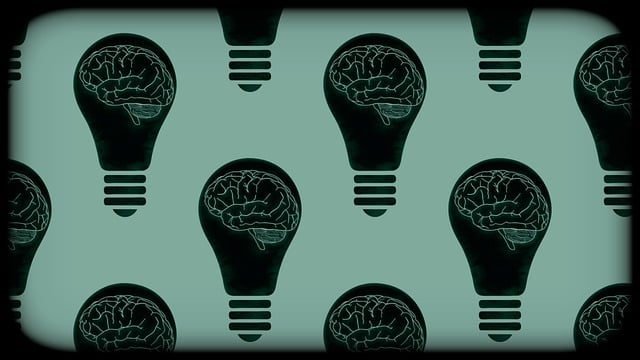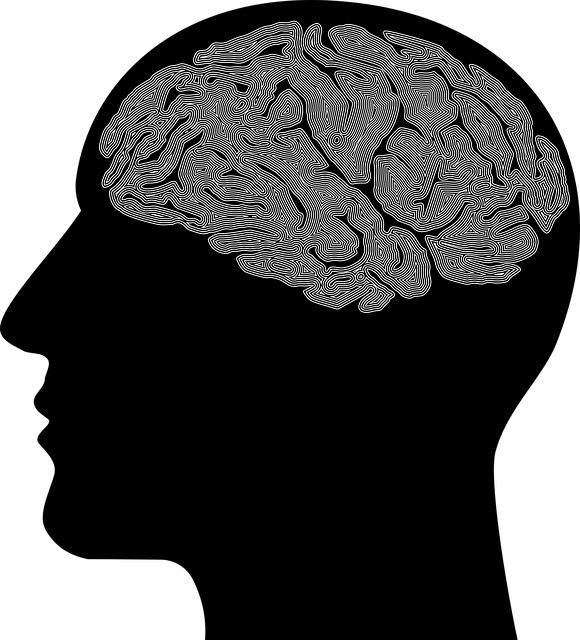Mental health professionals specializing in Parker Child Abuse Therapy must excel at risk assessment and safety protocols to address complex emotional issues in vulnerable children. This involves thorough history analysis, emotional intelligence for accurate client emotion perception, self-care routines, and stress management for practitioner well-being. The Parker Model offers a structured approach, focusing on trauma connections and mental health policy advocacy. Robust safety measures, continuous training, risk management planning, and burnout prevention are essential for effective support in high-stress situations. Public awareness campaigns reduce stigma, encouraging early intervention and specialized therapy access for professionals to maintain quality care.
Mental health professionals are often on the front line, dealing with complex issues and high-risk individuals. Conducting thorough risk assessments is crucial to ensure safe and effective practice. This article explores essential aspects of risk assessment in mental health, focusing on child abuse therapy. We delve into identifying potential hazards, introducing the Parker Model as a comprehensive framework, and discussing safety protocols for vulnerable populations. Key strategies for continuous evaluation and mitigation are also covered, emphasizing the importance of proactive measures in Parker Child Abuse Therapy.
- Understanding Risk Assessment in Mental Health Practice
- Identifying Potential Risks in Child Abuse Therapy
- The Parker Model: A Comprehensive Framework
- Implementing Safety Protocols for Vulnerable Populations
- Continuous Evaluation and Mitigation Strategies
Understanding Risk Assessment in Mental Health Practice

Mental health professionals are often on the frontlines when it comes to helping individuals navigate complex emotional and psychological challenges. In this high-pressure environment, understanding risk assessment is paramount for effective practice. Risk assessment involves meticulously evaluating a client’s situation, history, and current circumstances to identify potential risks of harm or re-trauma.
For professionals specializing in areas like Parker Child Abuse Therapy, where traumatic experiences are at the core, integrating emotional intelligence becomes crucial. It allows practitioners to perceive and interpret clients’ emotions accurately, enabling them to deliver tailored care. Furthermore, promoting Self-Care Routine Development for Better Mental Health and effective Stress Management is not just beneficial but essential. These strategies ensure professionals can maintain their own well-being, thereby enhancing their ability to support clients effectively throughout the therapy process.
Identifying Potential Risks in Child Abuse Therapy

Identifying potential risks is a critical aspect of risk assessment for mental health professionals, especially when working with vulnerable populations like children who have experienced abuse. In Parker Child Abuse Therapy sessions, therapists must be vigilant to recognize and address various risks that may arise during treatment. These include emotional distress, re-traumatization, and the potential for self-harm or harm to others. Children who have suffered from child abuse often struggle with trust issues, complex emotions, and behavioral challenges, which can make their therapy journey delicate and demanding.
Professionals in this field must prioritize Inner Strength Development by creating a safe, supportive environment where emotional healing processes can begin. They should foster open communication, ensuring children feel heard and understood while encouraging them to express their feelings. By integrating Mental Health Awareness into the therapeutic approach, therapists can better navigate the unique needs of each child, providing interventions tailored to prevent or mitigate risks. This holistic consideration ensures that not only are immediate dangers addressed but also the long-term emotional resilience of the child is fostered.
The Parker Model: A Comprehensive Framework

The Parker Model, a pioneering framework in child abuse therapy, offers a comprehensive approach to risk assessment that mental health professionals can greatly benefit from. This model emphasizes the intricate relationship between trauma and its impact on an individual’s mental well-being, providing a structured pathway to understanding complex cases. By employing a holistic view, it considers not only the immediate symptoms but also the underlying causes, environmental factors, and coping mechanisms, ensuring a more precise evaluation.
This methodology is particularly relevant in the realm of mental health policy analysis and advocacy, where recognizing risk factors is crucial for developing effective interventions. The Parker Model’s focus on communication strategies allows professionals to navigate sensitive conversations with clients, fostering trust and encouraging open disclosure. Moreover, by preventing burnout among practitioners, this framework enables sustained care, as burnouts are often linked to increased patient risks.
Implementing Safety Protocols for Vulnerable Populations

Implementing robust safety protocols is paramount when working with vulnerable populations such as children and individuals experiencing abuse. Mental health professionals, like those specializing in Parker Child Abuse Therapy, must prioritize risk management to ensure a secure environment. This involves comprehensive training on recognizing and mitigating potential risks associated with different client groups.
Effective risk assessment tools and strategies should be employed to predict and prevent adverse outcomes. Mood Management techniques can play a significant role in creating a calm and controlled atmosphere, reducing the likelihood of sudden escalation. Moreover, integrating Risk Management Planning for Mental Health Professionals into daily practice enables practitioners to anticipate and handle complex situations. Additionally, Burnout Prevention Strategies for Healthcare Providers are essential to sustain professionals’ well-being, ensuring they remain effective in supporting vulnerable clients over the long term.
Continuous Evaluation and Mitigation Strategies

Mental health professionals are tasked with managing intense and emotionally charged situations on a regular basis, which can contribute to significant stress and potential burnout. To mitigate these risks, continuous evaluation and adaptation are crucial. Regular self-care practices, such as setting clear boundaries between work and personal life, engaging in mindfulness activities, and maintaining adequate physical health, are essential for sustaining resilience.
Additionally, public awareness campaigns development can play a pivotal role in reducing the stigma associated with mental health issues, fostering understanding among the general population, and encouraging early intervention. This collective effort not only benefits patients but also supports healthcare providers by easing the burden of their responsibilities. Implementing burnout prevention strategies for healthcare providers, including regular supervision and access to specialized therapy like that offered by Parker Child Abuse Therapy, is vital in ensuring professionals can navigate these challenges effectively while maintaining high-quality care.
Mental health professionals play a vital role in helping individuals navigate their mental well-being, but they are not immune to risks. Understanding risk assessment is crucial for ensuring safe practice, especially when working with vulnerable populations such as child abuse victims. The Parker Model offers a comprehensive framework for evaluating and mitigating these risks, particularly in Parker Child Abuse Therapy. By implementing robust safety protocols and continuously assessing potential dangers, professionals can foster a secure environment, enhance client outcomes, and mitigate the impact of traumatic experiences. Continuous evaluation and adaptation to emerging challenges are essential to revolutionize mental health care and support those who need it most effectively.














